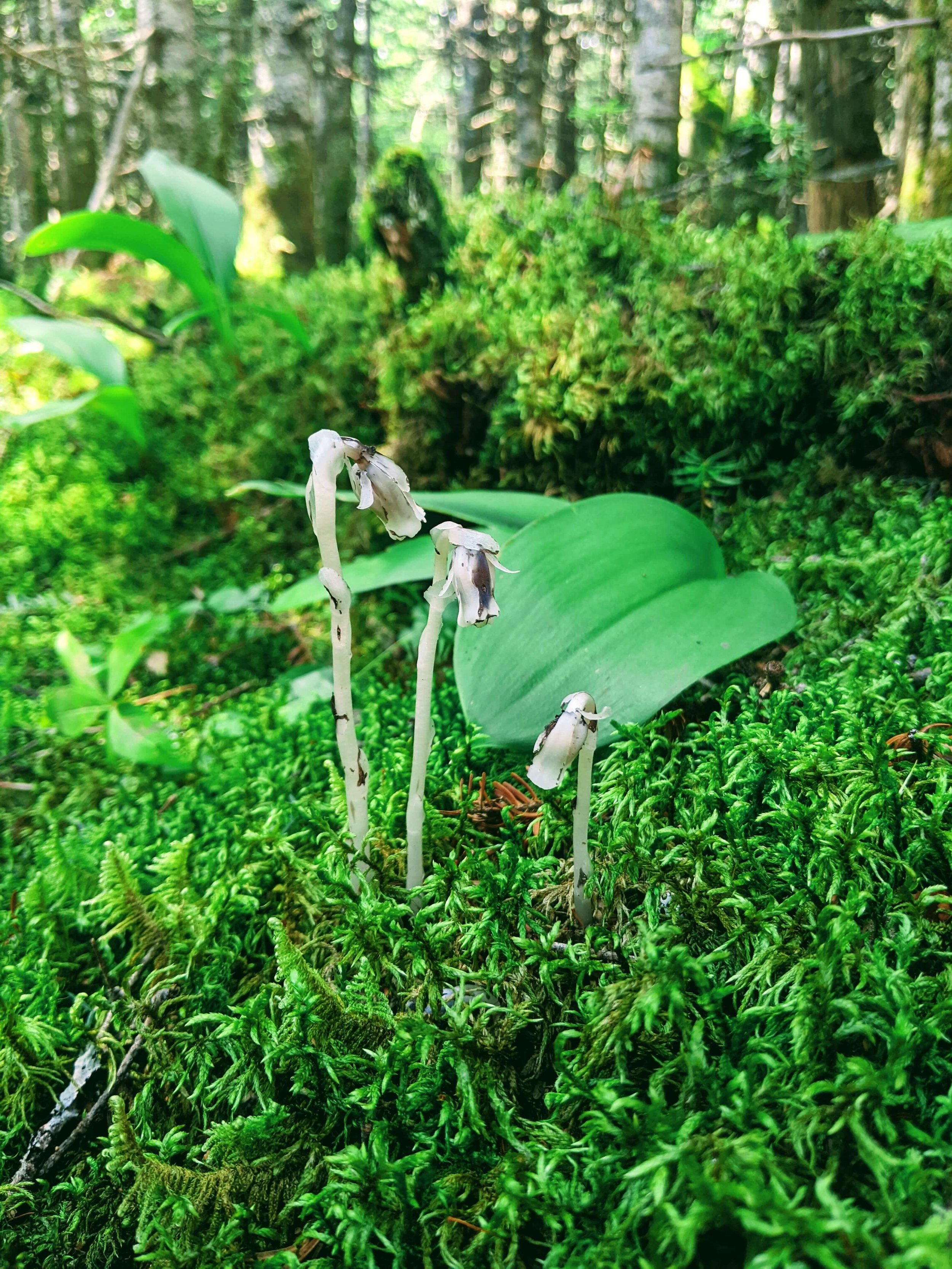
Micro-Movement for Trauma and Chronic Pain Recovery…
Micro-movements offer a way to gently interrupt these patterns, providing fresh sensory input that allows the brain and nervous system to reorganize. Unlike larger movements, which can sometimes feel overwhelming or activate a trauma response, micro-movements work within the body's existing capacity for change, making them an accessible and powerful resource for healing.

Somatic Resourcing for Trauma Healing
There are two kinds of somatic resources: survival resources and expansive resources. These resources emerge from the physical experience in the present moment.
We could think of survival resources as the typical trauma responses to overwhelming stimuli: fighting, withdrawing, running away, dissociating, freezing, or over-attaching/submitting (fawning).
When we cannot take any more stimulation, we turn to these automatic survival resources for support. They are survival responses rooted in the nervous system.
And as distressing as they are, these survival responses are life trying to support life. They are ancient responses that existed before humans even existed. An innate somatic intelligence that is an effort toward survival and preservation of life. There is something here to be deeply trusted.

Sensation as a Foundational Language
You have shifted from a vague notion of wanting to be more centered in yourself to the practical elements that underlie the foundation of a felt, sensory quality that you can practice.
You can practice feeling those sensations, and begin to build that neural pathway that leads to a new way of being, rather than it just being an idea in your head that you can never seem to obtain.

Pain is a Sign you’re Ready for More Choices
I have learned over time that these parts of myself, as much as I want to "release" them, aren't going to fully go away. They have served as necessary protections earlier in my life, and they strongly know how to do their job, even if their job is hurting more than helping now.
And just like for most people, the more I try to push them away, the louder they get.
How can you learn to have agency with your symptoms and internal blocks/parts, without pushing them away or avoiding them?
And more importantly, what is the energy or embodied state you want to feel more of?

Your Symptoms Leave with an Irish Goodbye
This brings me back to my point #3 again: that your symptoms are shy to leave, and they will leave with and Irish goodbye. Meaning that when you start paying attention to what helps you feel safe, inspired, what makes you feel alive, what gives you a sense of purpose....over time, your symptoms will get quieter. But if you are all over them, watching and managing them all the time, they won't have an opportunity to slip out on their own.
This can feel like a tall order when you are intense pain. So if your symptoms are intense, then I encourage you to bring your attention to something that reminds you of feeling free and safe, and then see if you can allow in just a tiny bit of indifference to your symptoms, even if it's just a fraction.
Start small, and meet yourself where you are.

The Nervous System’s Role in Chronic Pain
Think about the effect of acute emotional and stress responses on the body...
Your face really does turn red when you are embarrassed.
Water does indeed come out of your face when you are sad.
You really do get a headache after a stressful day.
You get a very palpable stomachache before giving a public speech.
These are commonly accepted universal experiences that we all have, because we are humans and we have nervous systems. It becomes less commonly accepted that chronic health conditions could possibly be related to chronic emotional distress.

Grief, Shame, and Chronic Pain
In the words of Francis Weller, a wise elder, psychotherapist and expert in the rites of grief:
You cannot grieve for what you have contempt for, or what you don't see as worthy.
This is why an immensity of grief often floods through when you start to know, claim, and embody your sense of inherent worthiness and self-dignity, perhaps for the first time.

Complex Trauma and Chronic Pain
I see the complexity in three tiers when it comes to creating the ripe conditions to developing a chronic pain condition.
Stress in adulthood such as stressful/traumatic events or ongoing stress such as a high-stress job or raising a family that can sensitize the brain and nervous system.
Stressful events in childhood, adolescence, and/or young adulthood that led to a trauma response that the body held onto with a previous reference point of safety before the traumatic or stressful event(s).
Pre-verbal and attachment trauma in which the brain and nervous system learned how to orient/function/exist in a trauma state without a previous reference point of safety.

Signs that your Pain is Neuroplastic and NOT Purely Physical…
Pain originates during a stressful time.
Stress puts the brain on high alert and can trigger pain.
Pain originated without an injury.
Pain with no injury is a strong sign that pain is neuroplastic.
If there was an initial injury, but the pain persists after the injury has healed, it doesn’t make sense to still have structural pain.
Symptoms are inconsistent.
Structurally caused pain does not have significant variations such as...

The Essential Shift to Reduce Chronic Pain
When you recognize that pain is so much more than just a simple cause and effect process between the physical body and the pain experience, and that your nervous system and brain are highly involved, you can start to cultivate a more conscious and collaborative relationship by reducing the fear, worry, and frustration around your symptoms, and begin to gain insight into what is rooted underneath them.

Life without Chronic Pain is Life with _______?
Fill in the blank.
Instead of trying to imagine your life, or a day of your life WITHOUT pain, what kind of presence would you want to experience?

Take your Power Back
Living with chronic pain is no walk in the park, and it can leave you feeling powerless. Chronic pain can be the result of being powerless, and it can leave you feeling even more powerless. So, what's the chicken and the egg here?
I'll talk more about the link between nervous system dysregulation and pain in coming emails, but feeling trapped, stuck, or anxious for extended periods of time can result in increased likelihood of developing a chronic pain condition. Trauma, chronic stress, and childhood adversity are ripe conditions for setting up a sensitive nervous system.

Deep Listening
First of all, I just want to support you to know that it's okay to be right where you are, as imperfect as you are, as hard as life can be. When something just continues to be hard, there's something to pay attention to. There's likely something that is deeper and more profound than your rational mind can understand.
I encourage you to keep listening. Keep showing up to whatever your process is, and just noticing what's here. So you feel so depressed that you don't want to get out of bed today? Okay, how can you meet yourself right where you are? In bed, needing rest.
What is trying to emerge?

Complacency vs. Empowered Indifference
Indifference is an empowered, conscious choice to not react to your chronic symptoms.
Complacency is a disempowered, mildly avoidant way of just managing symptoms without much hope of improvement.
When you understand why you are experiencing chronic pain and take the active steps to work with your nervous system, you can make an empowered choice to not obsess or react to your symptoms, and instead allow them to be there in a way that allows for more spaciousness.

When Self Care becomes Dysregulating
It's not about the practice.
It's about how you are relating to what you are practicing.
I have used many "self-care" practices as a crutch for when my nervous system is dysregulated...trying to urgently transform the way that I feel in those moments when I feel terrible.
Essentially, I weaponized the very tools that were supposed to help me because they were used impulsively to avoid feeling uncomfortable.
There is so much information in the world of mind/body healing from chronic pain about safety reappraisal, which is essentially exposing yourself to the uncomfortable sensations while simultaneously being resourced enough in safety to relate with your symptoms in a different way from your patterned, automatic reactions of fear, despair, anger or avoidance to your pain.
And in my experience, I have not been able to experience that safety without first really grasping that I am a human who deserves basic respect and dignity. That I too am a human who deserves to have her needs met just as much as anyone else.

Loving Presence
Loving presence has become an embodied anchor for my own healing and growth process. When I find myself feeling disconnected and wrapped up in rumination, judgement, or fear...I gently call on loving presence by bringing my attention to my heart, and I feel the underlying softness that's already there.

Deepening with the Mind/Body Connection
Deepening is part of the fluid method of Hakomi when you are in a session, and you are able to land on some kind of significant insight that wasn't available to you before with the assistance of a practitioner who can support you in this process of skillfully traversing the mind/body connection.

In Relation to the Many Realms
The word Hakomi is believed to be a transmission from the Hopi people, and it means this:
"Where do you stand in relation to these many realms?"

Nonviolence through Allowing
The body knows when we are safe enough, and when the conditions are just right for something to rise from the unconscious to the conscious, or for deeply repressed emotions that are ready to be felt, expressed, and witnessed, to do so in a container of safety.
Hakomi-informed Somatic Therapy or Coaching is a modality in which the organic unfolding of your present moment experience is supported within the context of the therapeutic relationship, with your body’s wisdom as the compass.

To let go of it, first grab hold of it…
Transformation occurs when our center of gravity shifts from unconsciously protecting the wound to consciously trusting new possibilities.









